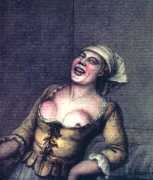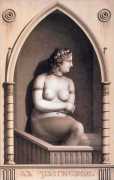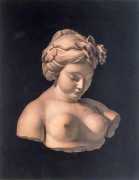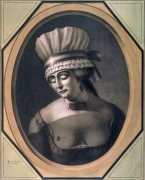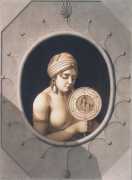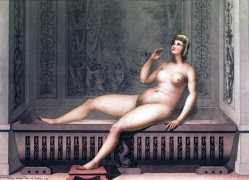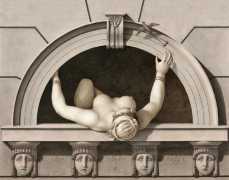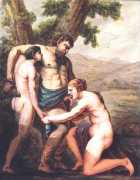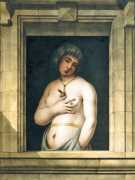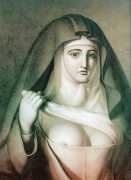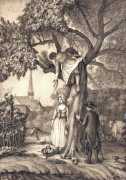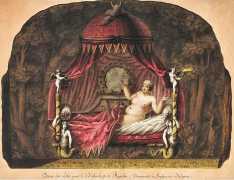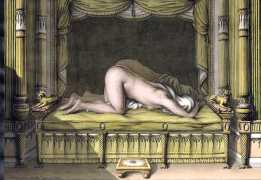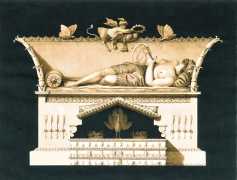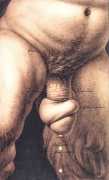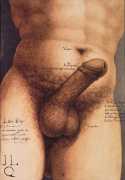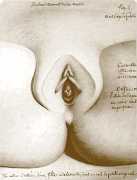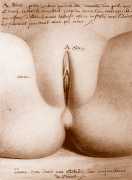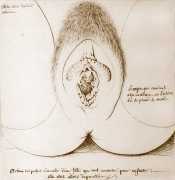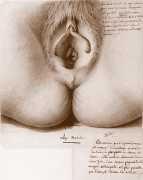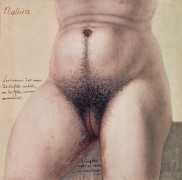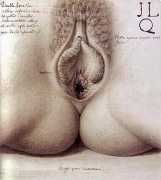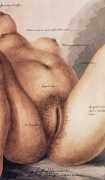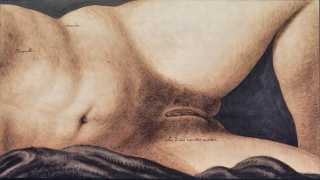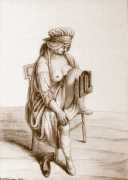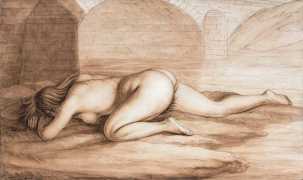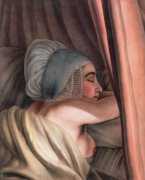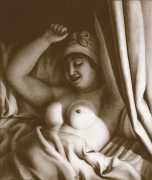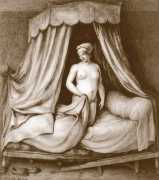 The French architect Jean-Jacques Lequeu was almost completely forgotten after his death, having the unusual distinction of never designing a significant building that was actually built, added to which his planned major textbook, his life’s work, was never published.
The French architect Jean-Jacques Lequeu was almost completely forgotten after his death, having the unusual distinction of never designing a significant building that was actually built, added to which his planned major textbook, his life’s work, was never published.
Lequeu grew up in Rouen, the capital of the northern French region of Normandy, and when he was eighteen won a scholarship to study architecture in Paris. He became a civil servant working as a surveyor and a cartographer, but he had grander ideas, and his imagination far exceeded the resources of his clientele. Then the Revolution of 1789 intervened, and when France started to recover a decade later Lequeu remained a lowly civil servant up to his retirement in 1815.
Lequeu is considered part of the period of ‘visionary architecture’ which developed in the period leading up to the Revolution, influenced by the great competitions organised by the École des Beaux-Arts. These competitions encouraged entries comprising massive buildings unfettered by budgetary constraints, which resulted in scores of designs for vast and impressive buildings which had little connection with the real world and remained paper architecture. As well as Lequeu, other architects of the genre include Claude-Nicolas Ledoux, Étienne-Louis Boullée and Antoine Laurent Thomas Vaudoyer. In these years Lequeu also spent much time preparing a manual titled Architecture civile, which was intended for publication but was never published.
Though little was left to show for all Lequeu’s efforts, his extensive archive fortunately found its way to the Bibliothèque Nationale de France. In the 1950s he was ‘rediscovered’ by the Viennese historian Emil Kaufmann, who saw in Lequeu ‘a revolutionary architect’, and for a while it was thought that Lequeu’s work had been an important influence on the surrealist artist Marcel Duchamp, though this was later largely disproved. In 1986 a monograph devoted to Lequeu was published, written by architect and architectural historian Philippe Duboÿ. More recently an exhibition of Lequeu’s work was held at the Musee du Petit-Palais in 2018.
We are very grateful to our Russian friend Yuri for suggesting the inclusion of this artist, and for supplying many of the images.



